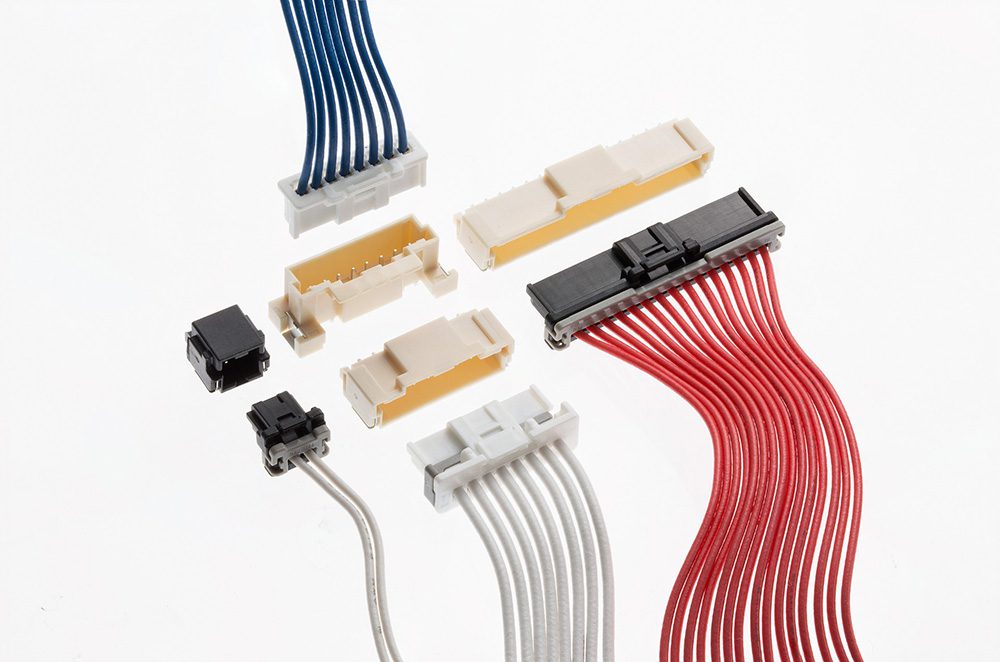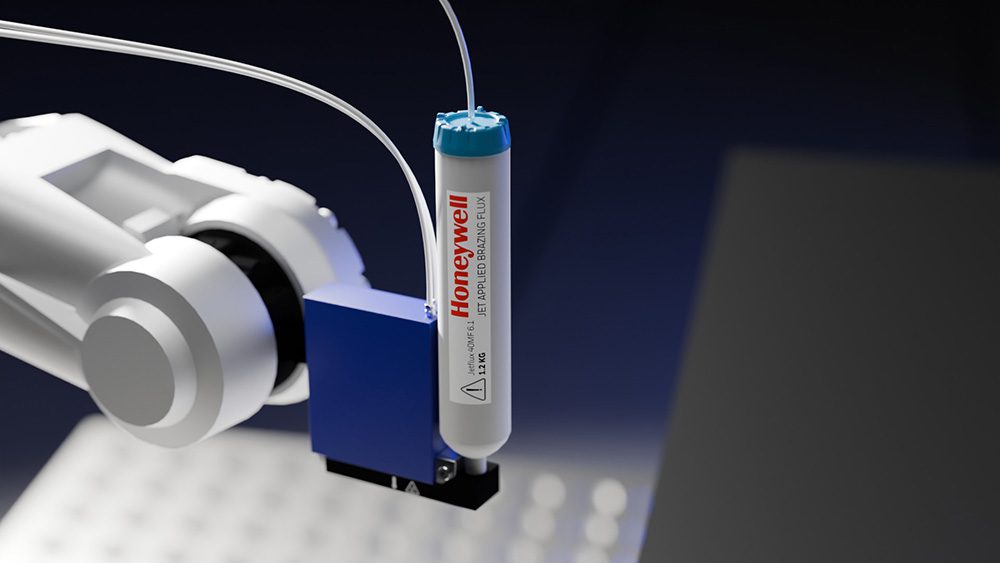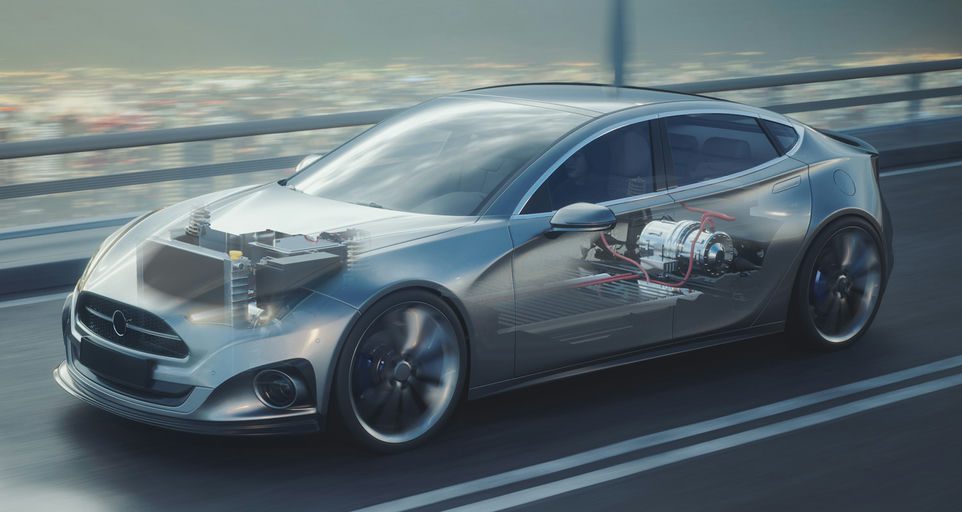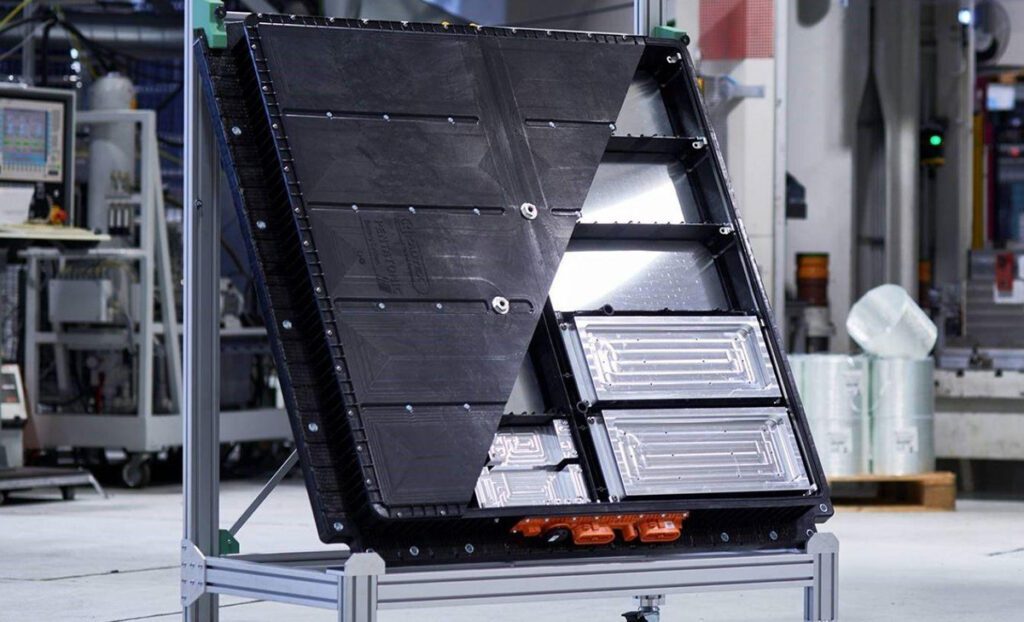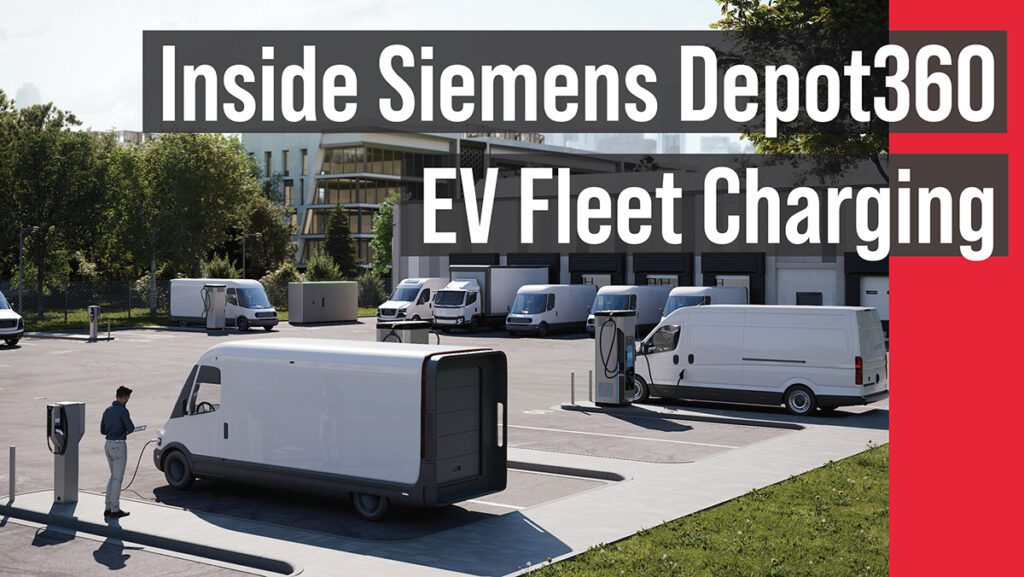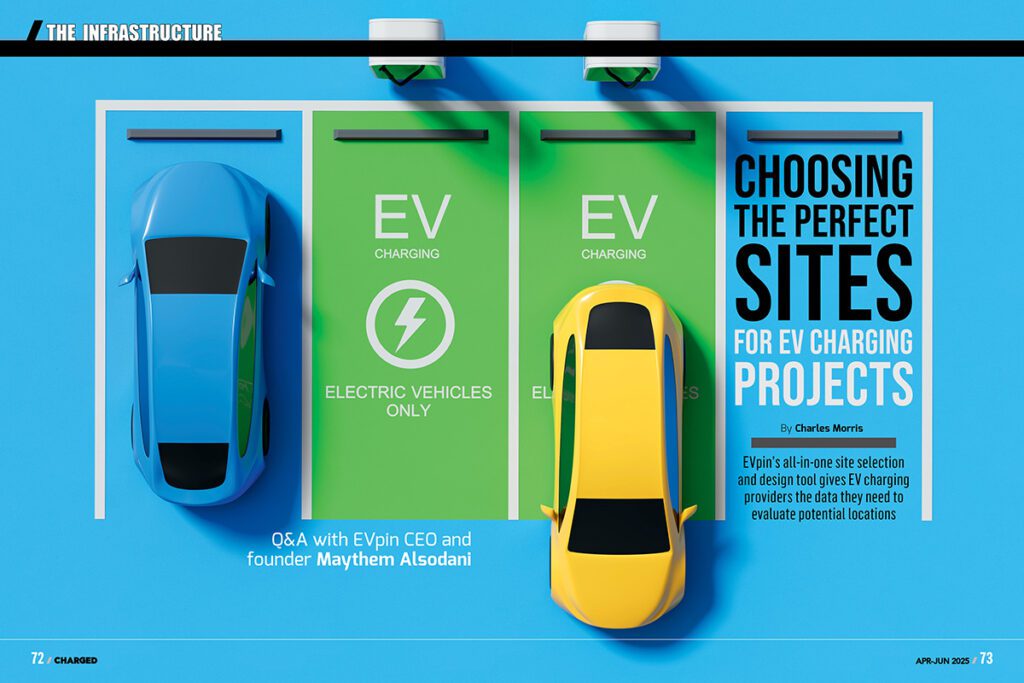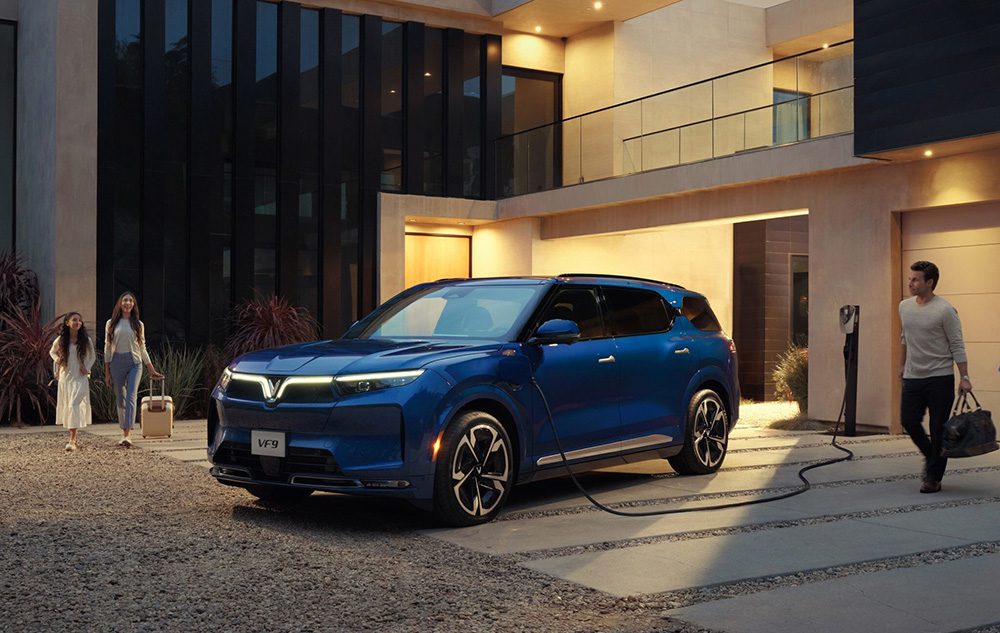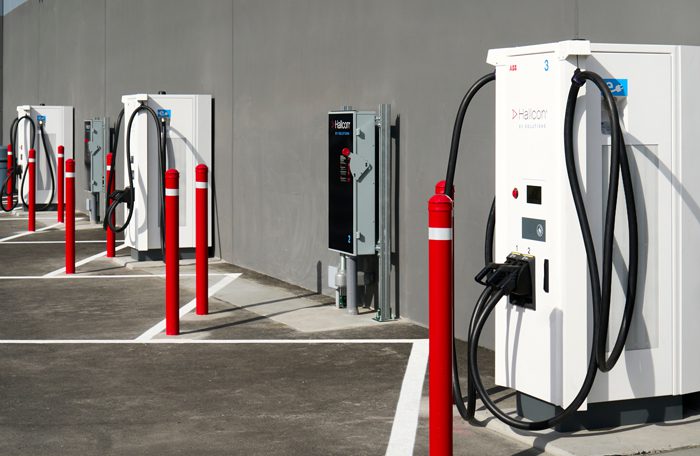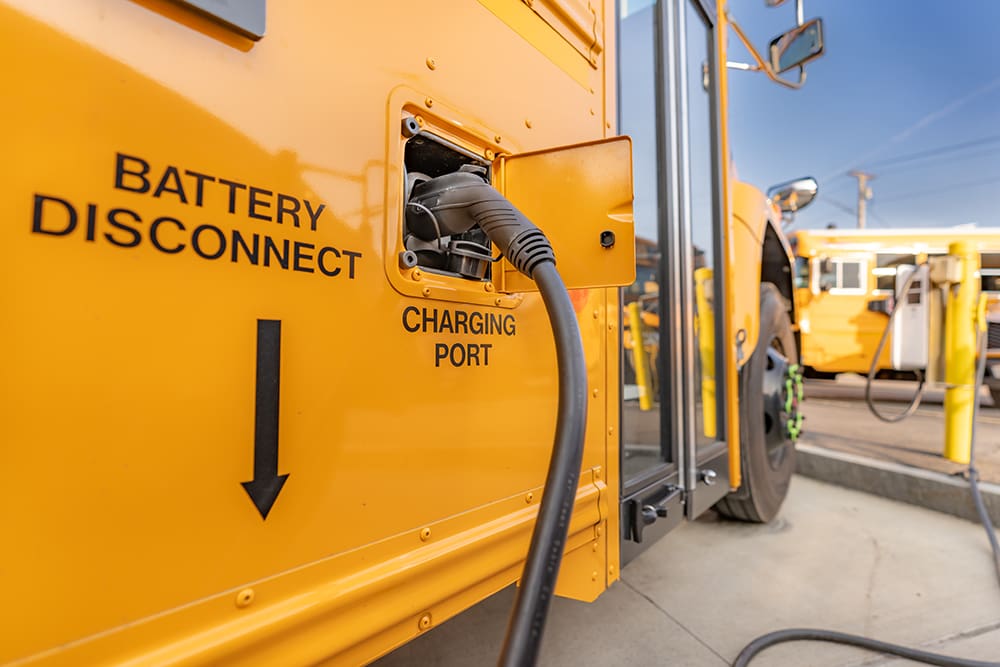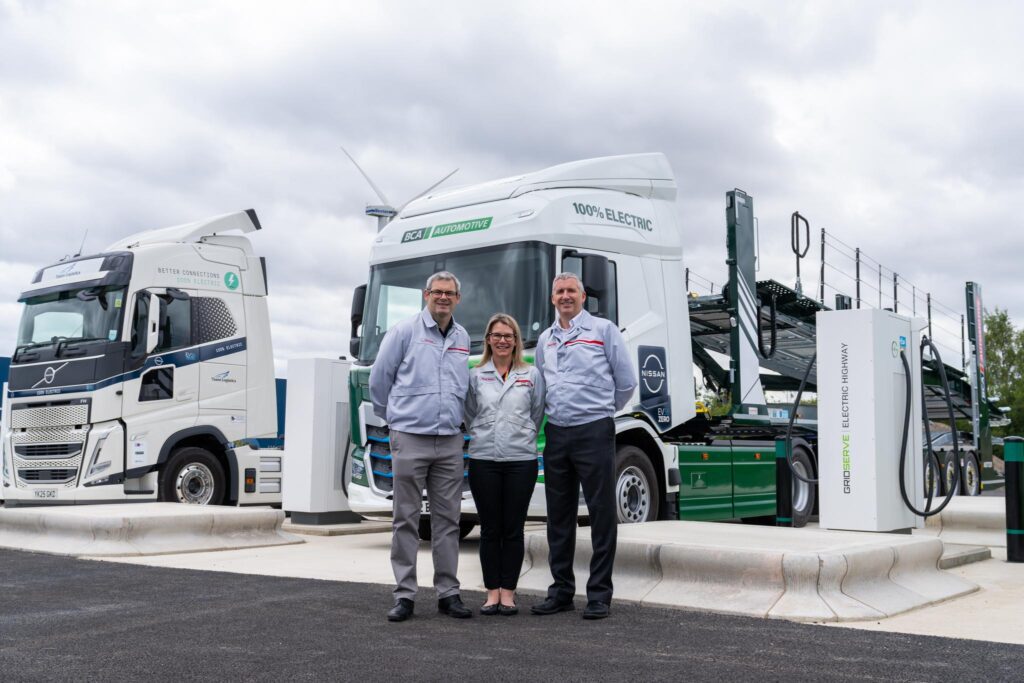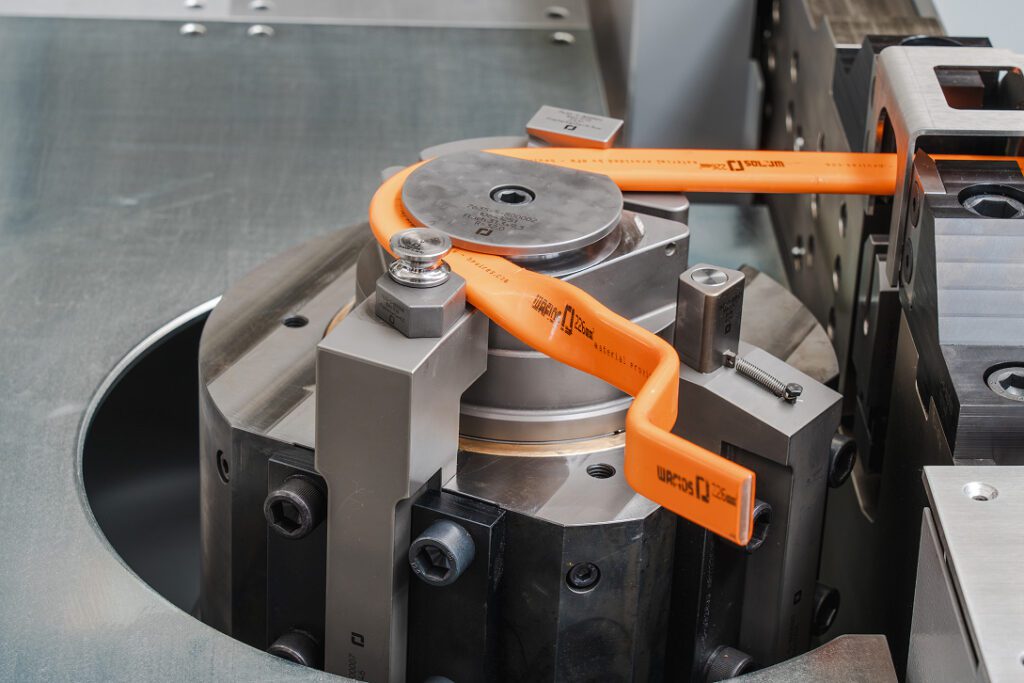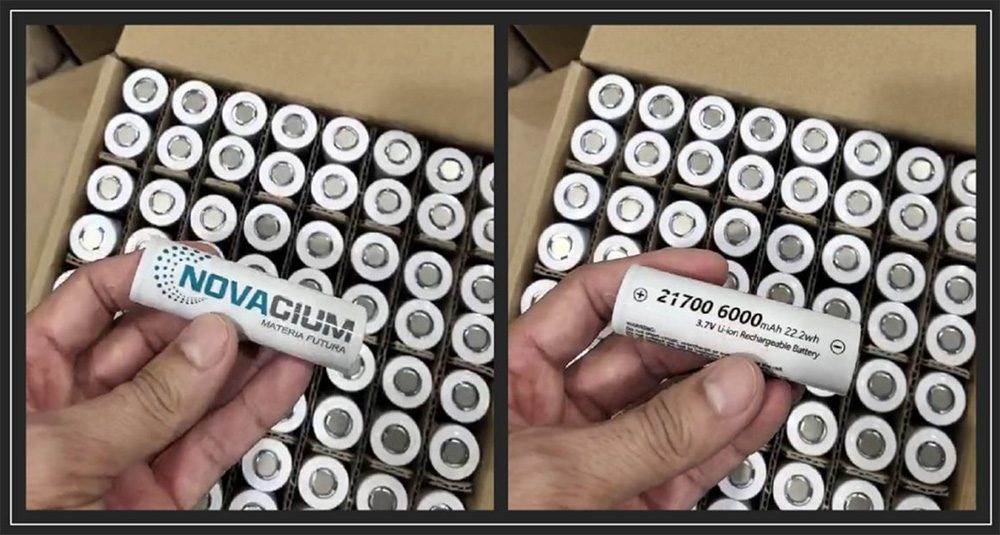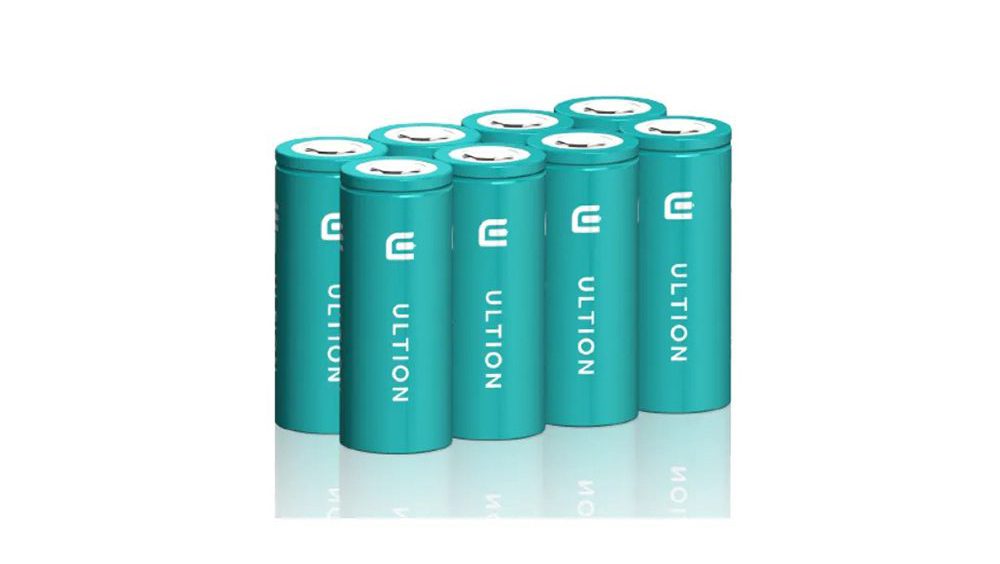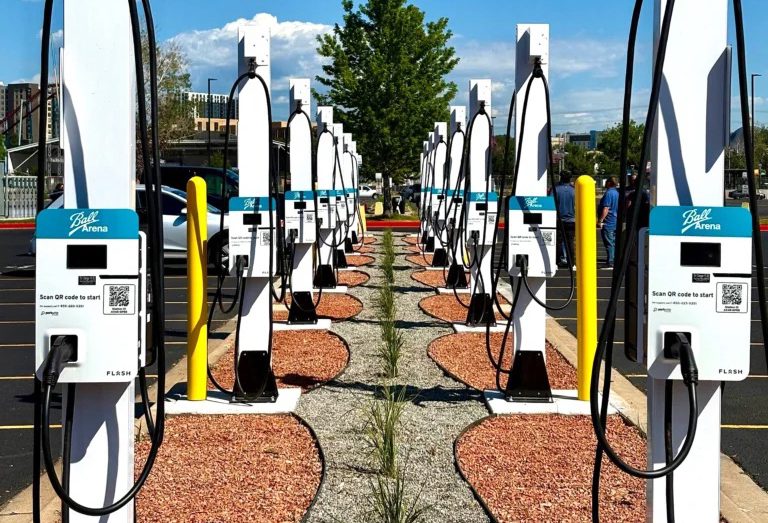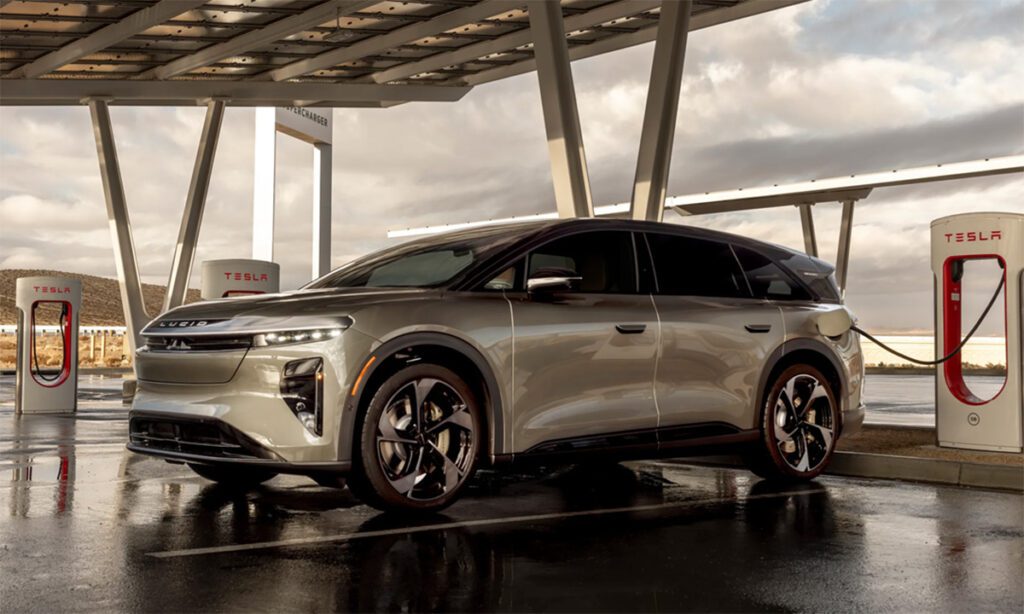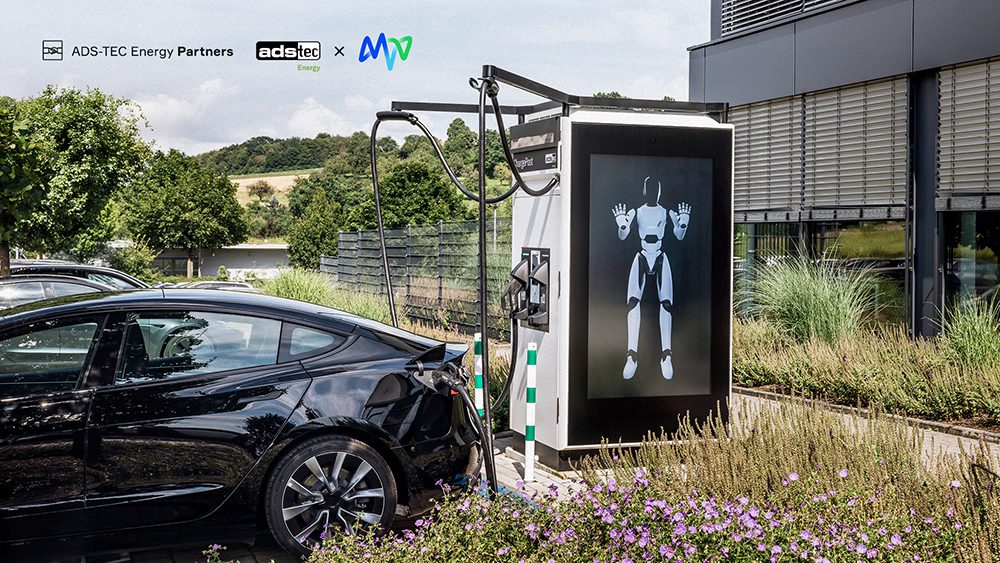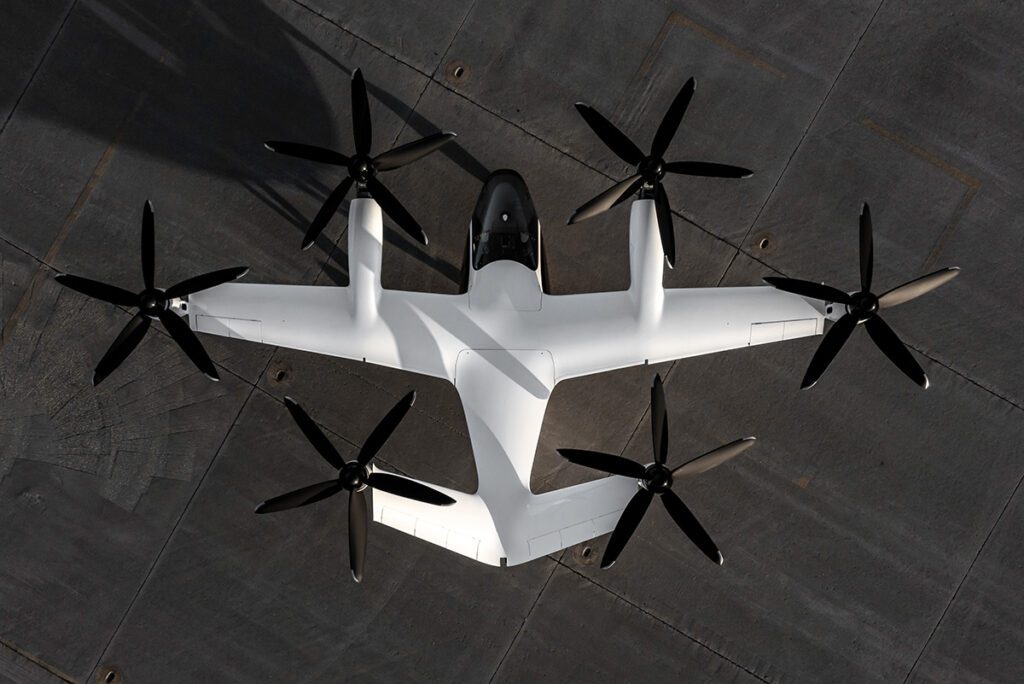Yet another sign of how electrification technology is steadily creeping into legacy ICE vehicles: Audi plans to upgrade part of its vehicle electrical system from 12 to 48 volts.
Current technology has taken 12‑volt electrical systems to their limits. Especially at low temperatures, the various static‑load consumers can account for the entire power generated by the alternator. Battery power is no longer capable of meeting the demands of new, dynamic‑load consumers such as electric compressors.
The solution is a subsidiary electrical system running at 48 volts. The higher voltage means smaller cable cross-sections are needed, which translates into lighter cable harnesses with lower power dissipation. The 48‑volt electrical system features new storage technologies, and delivers much more power, making it an important element of the Audi strategy of electrifying various stages of the drivetrain.
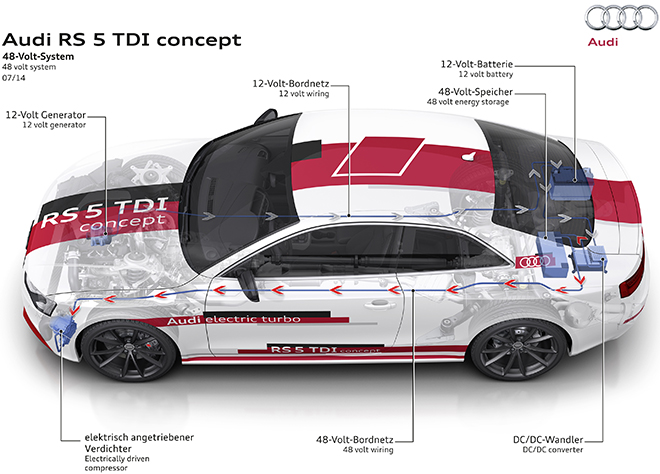
Audi recently showcased the scope of the 48-volt electrical system with the A6 TDI and RS 5 TDI concept vehicles. Each model is fitted with an electrically powered compressor, which operates independently of engine load and improves acceleration performance. 48-volt technology is also suited for realizing convenience systems for dynamic chassis control. Audi will shortly be unveiling a variety of applications in this field.
RELATED: Market for 48-Volt micro-hybrids poised for major growth
“We are using the full bandwidth of electrification in our drive principles strategy. Running part of the vehicle electrical system at 48 volts plays a central role in this,” said Audi Board Member Dr Ulrich Hackenberg. “It enables us to make more energy available. That paves the way for new technologies with which we can make our cars more sporty, more efficient and more convenient to use.”
In the current highest development version, a compact lithium‑ion battery supplies 48 volts during engine‑off phases, and a DC/DC converter integrates the 12‑volt electrical system. The battery operates in conjunction with a new, efficiency-optimized alternator that qualifies the drivetrain as a mild hybrid. There are several ways of starting, controlling and deactivating the combustion engine as needed. The alternator achieves an energy recovery output of ten kilowatts, which adds up to a savings of up to ten grams of CO2 per kilometer.
Source: Audi via Green Car Congress
























